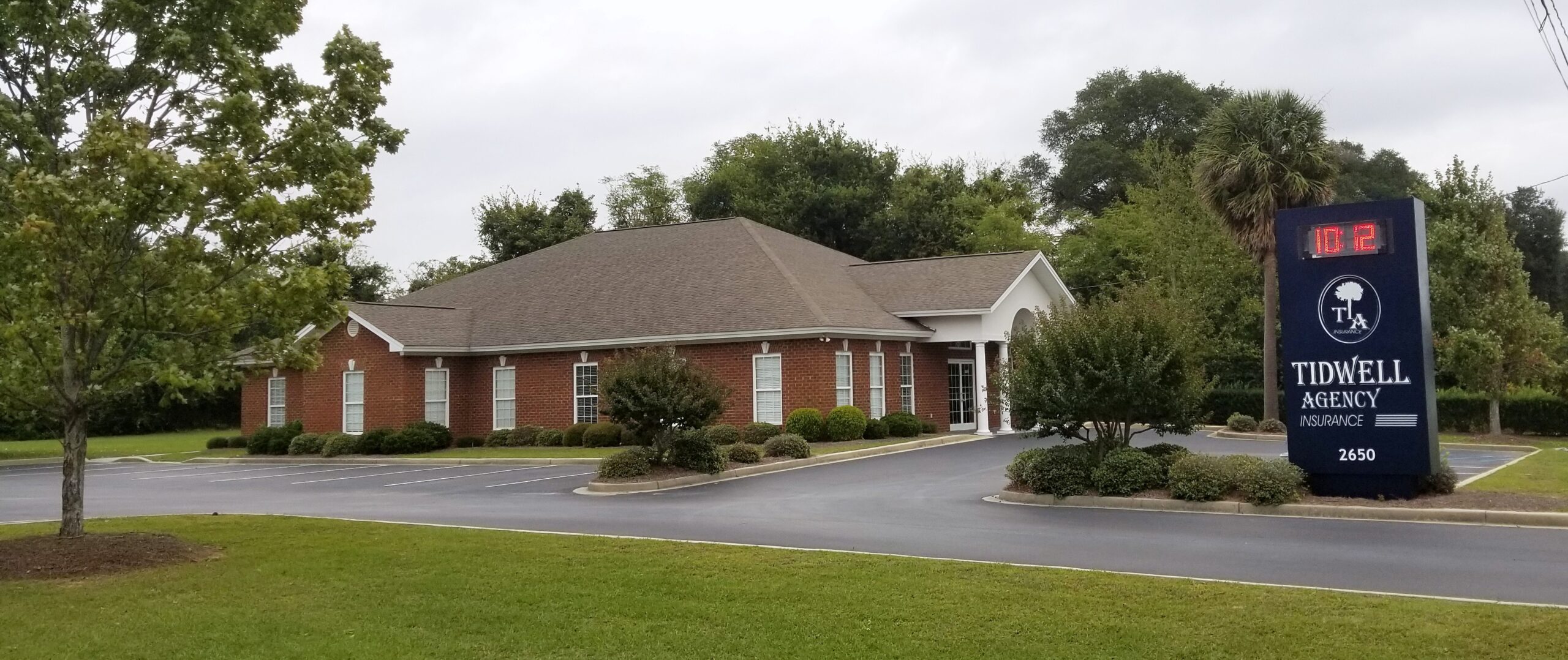Most of us find no pleasure in thinking about insurance, let alone reading through a policy contract. But as a homeowner, you need to take some time to familiarize yourself with your homeowner’s insurance policy so you know what is covered—and what is not. Waiting until something bad happens to find out you have insufficient coverage is too late.
Most homeowner’s policies consist of four types of coverage: dwelling coverage, other structures coverage, personal property coverage, and loss of use coverage. We will explain what each type of coverage is for below.
Dwelling coverage provides protection for damage to the interior or exterior of your house due to fire, hurricanes, lightning, vandalism or other “covered perils” (causes of loss). Dwelling coverage applies to your house, attached structures, fixtures in the house such as built-in appliances, plumbing, heating, electrical wiring, and so on. Your dwelling coverage will not cover you for damage due to floods or earthquakes. You can purchase special earthquake coverage, and flood insurance is available from FEMA’s National Flood Insurance Program (NFIP). Find information about the NFIP at FloodSmart.gov.
Other structures coverage provides protection for damage to detached structures on your property such as garages, storage sheds, fences, driveways, sidewalks, patios, and retaining walls.
Personal property coverage typically covers loss or damage to your personal property. This includes clothing, furniture, appliances, and most of the other contents of your home. Some policies provide “off-premises” coverage for personal property that is lost or damaged when it is not on your property. This means that if you lose an expensive piece of jewelry while you are away from home, you might be covered for the loss. You can add endorsements or riders (scheduled personal property coverage) to your basic policy for specified high-value items like furs, jewelry, and artwork to ensure that you will be reimbursed for their full appraised value. Otherwise, your policy might only provide coverage for up to a certain pre-set limit for these items.
Personal property coverage us usually written as a percentage of the amount of insurance you carry on the structure of your home. Taking a home inventory will help you determine whether or not this amount is appropriate.
Loss of use coverage provides for your temporary living expenses if you cannot live in your home while repairs are being made or if you cannot enter your home due to an order from the government (e.g., during a natural disaster). You may be reimbursed for the costs of rent, hotel rooms, restaurant meals, and other incidental expenses because you cannot live in your home.
Your homeowner’s policy also provides personal liability coverage. This means that if you, a family member, or a pet injures someone or damages someone else’s property, your insurance company will pay for the repairs or medical bills.
Know Your Policy
The least expensive type of homeowners policy will probably provide the least amount of coverage, and in this case, cheaper is definitely not better. If you have a loss, you want to be reimbursed sufficiently, or the financial consequences could be far greater than the savings you realized by saving a few dollars on your monthly premiums.
There are two basic ways that reimbursement is calculated for homeowners insurance claims. The way your policy calculates reimbursement will have a huge effect on whether or not you can sufficiently repair or rebuild after a loss.
Actual cash value policies provide reimbursement for covered losses for the amount needed to replace or rebuild your property, less depreciation. This means that you will be reimbursed for what your items are worth now, not what you paid for them.
Replacement cost policies calculate your reimbursement based on the amount needed to replace or rebuild your property or repair damages using similar materials to what you had before. It is essentially the actual cash value before depreciation, allowing you to rebuild your home or make repairs using the same or similar materials up to a maximum dollar amount or policy limit.
You can also purchase a guaranteed replacement cost policy, which allows you to repair or rebuild your home using the same or similar materials for whatever it costs without a pre-set policy limit. This is the most comprehensive form of coverage, and of course the most costly.
Remember that in all cases you will need to satisfy a deductible before your insurance company will compensate you for your loss.
Are you familiar with the details of your homeowner’s policy? Do you know what your policy limits are? Do you know if you have replacement cost coverage?

